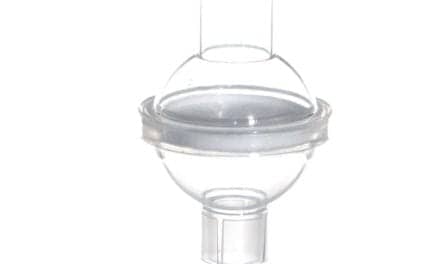A recent multi-center study at 30 centers across Europe, North America, and South America investigated various ventilation strategies currently used during anaesthesia given for surgical procedures involving the abdomen to see just how effective they are.
The optimum ventilation study, involving 900 test subjects, investigated the influence that a high positive end-expiratory pressure (PEEP) level of 12 cm of H2O has compared to a low PEEP of less than 2 cm of H2O on the frequency of post-operative complications and therefore the progress of the condition following surgery to the abdomen.
The result?
“We have been able to demonstrate for the first time that a form of ventilation with high pressure ratios does not lead to an improvement in the patient’s post-operative progress,” said researcher Werner Schmid from the Medical University of Vienna, lead author of the study, published in The Lancet.
“An increase in pressure is not expedient,” said Schmid. “During procedures carried out with a higher ventilation pressure, patients more frequently had drops in blood pressure and therefore also required blood pressure-raising medications. It was also not possible to achieve the reduced risk of post-operative lung complications that we had actually hoped for.” Additional measures aimed at reopening alveoli during surgery also failed to yield the desired improvement.
A reduction in the ventilation pressure to 2 cm H2O, on the other hand, is gentler on patients; the risk of complications is just as high as with high PEEP, although there is a less marked effect on the cardiovascular system.










